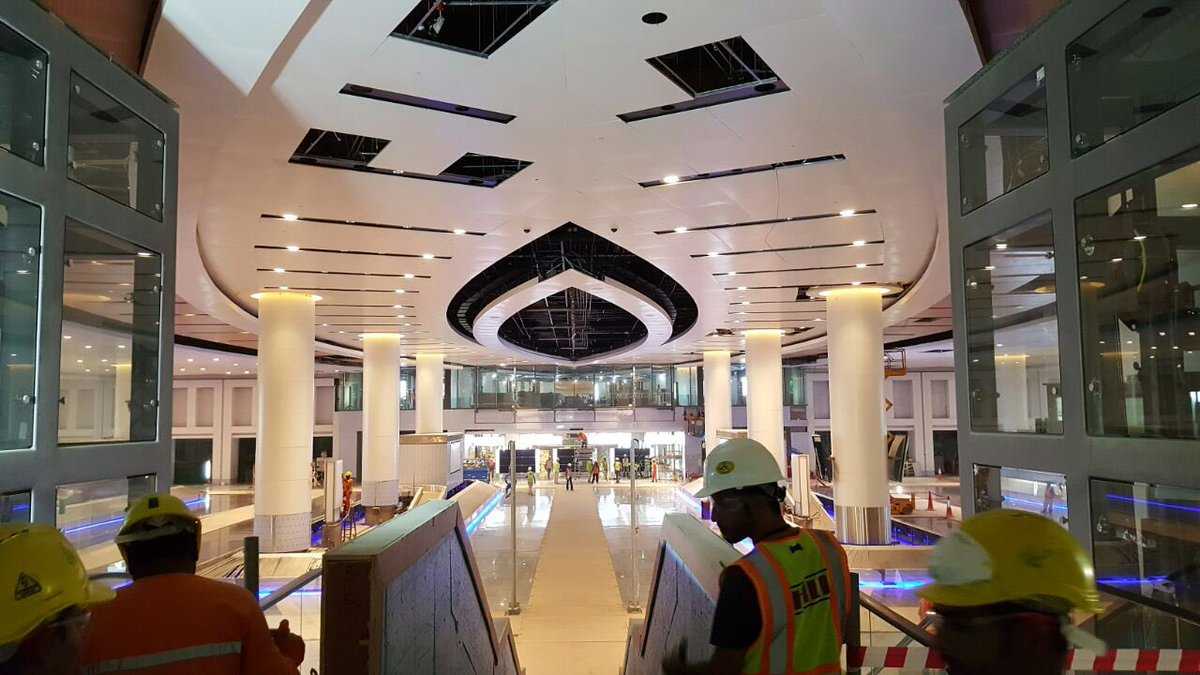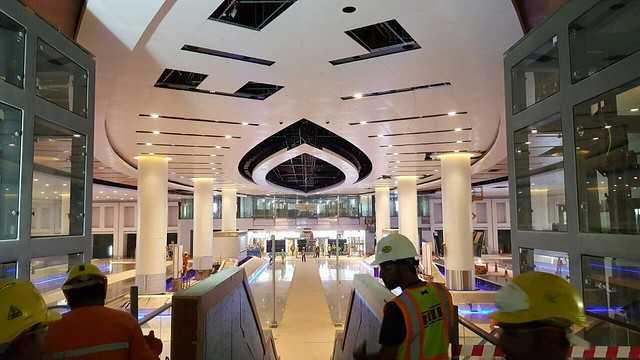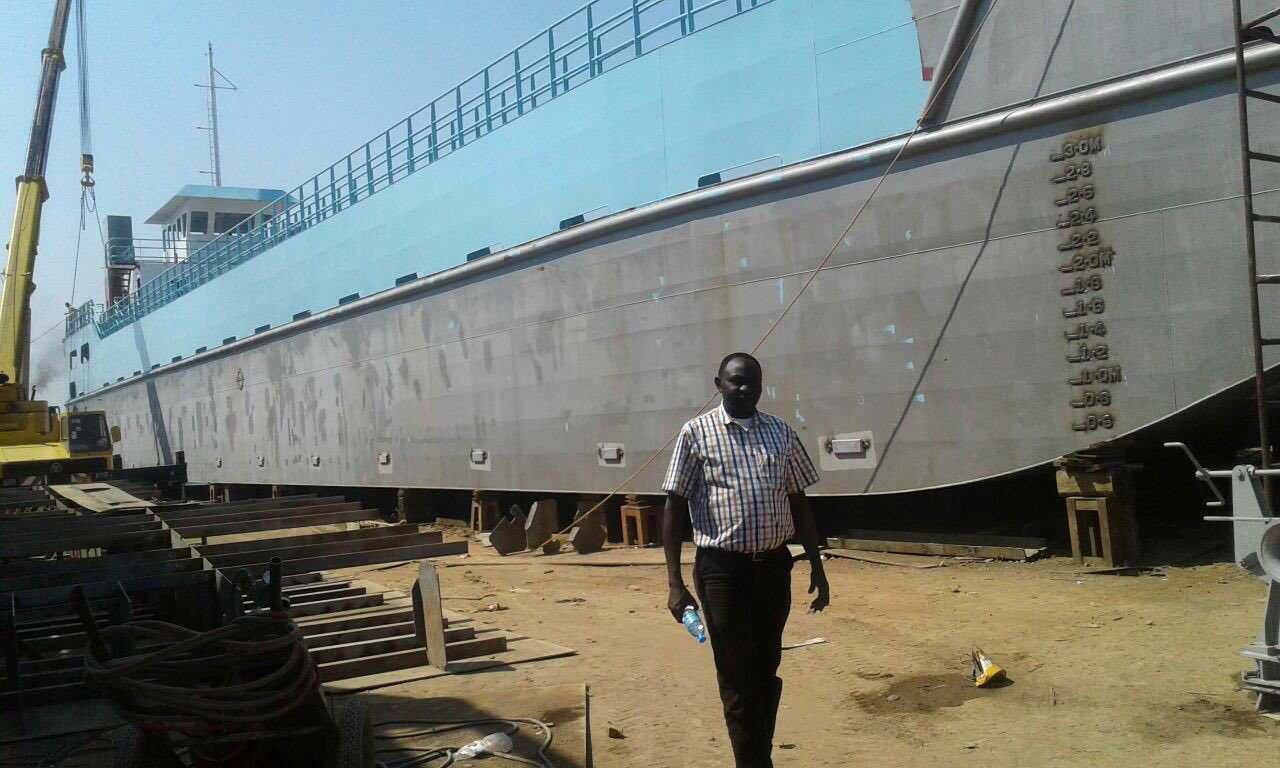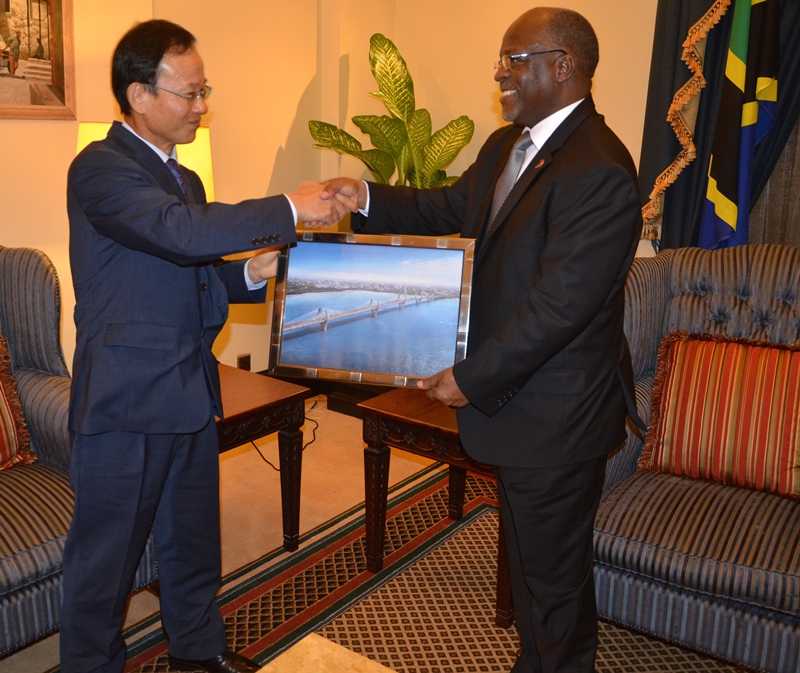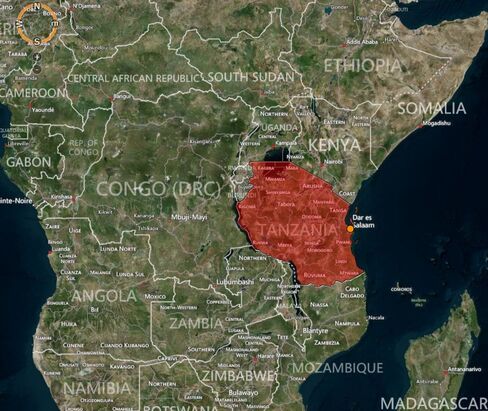Dhuks
JF-Expert Member
- Mar 15, 2012
- 1,629
- 695
He may have given you a wrong link but check this image from Hashtag #مطار_مسقط sur Twitter and tell us the difference with what you posted. Check the other images tookwelko, so the the fotos from the link u provided look the same to what i posted?
